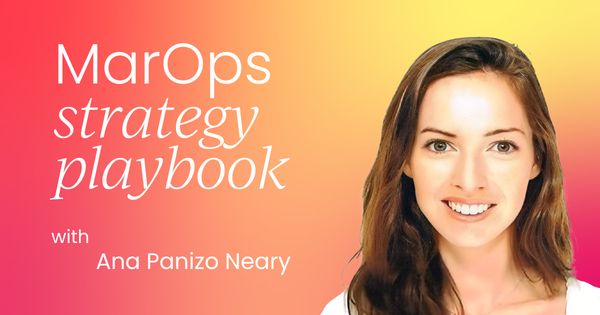This article is based on Ana Panizo Neary’s talk at our MarOps Summit.
Annual strategic planning has a bit of a reputation. Some people love the challenge of it, but for many, it’s the season they quietly dread. It’s the time of year when the calendar fills with workshops, pre-read documents, and endless debates over priorities.
It can feel messy, political, and overwhelming. But if there’s one thing I’ve learned after years of doing both corporate and marketing-specific strategic planning, it’s that this process is one of the most important investments you can make in your organisation’s success.
When it’s done right, it creates focus and alignment, sets a clear direction, and provides a way to measure whether you’re actually getting where you want to go. When it’s done badly, the rest of the year is spent firefighting.
I’ve been through this cycle many times now, in different organisations and with different team structures. My approach is built on frameworks, processes, and tools that aren’t flashy, but work in the real world.
This isn’t about the “shiny object” version of strategy. It’s about building something your company will actually follow, that keeps everyone aligned, and that’s flexible enough to adapt when reality doesn’t match the plan.
Looking beyond the big picture
When people talk about strategic planning, they often focus on the “big picture.” That’s the part leadership wants to show off and that customers buy into: the vision, the beautiful rendering of where we’re headed.
In my head, I picture it as those iconic sights: the Great Wall of China, the Mona Lisa, the pyramids in Egypt. Impressive, inspiring, and worth the effort to see.
But when you’re the one doing the planning, you know there’s a whole other side to it. Behind the glossy vision are the logistical headaches: multiple teams trying to feed into the plan, competing priorities, and the sheer effort of getting everyone to agree on where to focus.
The Mona Lisa might be the “vision,” but anyone who’s been to the Louvre knows it’s actually a surprisingly small painting surrounded by a crowd, and getting a clear view takes some patience. Strategic planning is like that.
The real art is in navigating the crowd (the internal complexity) to keep that vision visible.

Step one: Laying the foundations
The first step in any effective annual plan is defining the strategy. I know that sounds obvious, but it’s the step where so many companies get stuck. I’ve seen teams spend months going around in circles over mission statements and vision wording without ever making tangible decisions.
My strong advice is this: you don’t need to rewrite your vision, mission, and values every year. These elements are long-term anchors. They take time to establish in the minds of customers and employees, and they work best when they’re consistent over several years.
I recommend revisiting them maybe every five years, and only if there’s a compelling reason to change.
When you do set them, make them crystal clear. Everyone in leadership should have the same understanding, and ideally, they should be easy enough for anyone in the company to recall. If the vision is vague or open to interpretation, it will create cracks in the rest of your plan.
And because these are the foundations, those cracks will eventually cause the whole structure to falter.
Step two: From ideas to strategic themes
Once you’ve got a stable foundation, it’s time to move into strategy formulation: the part where you start turning ideas into actual direction. This is where structured brainstorming really matters. You can’t just throw people in a room and hope clarity emerges. The magic is in preparation.
I start by gathering data: market research, performance metrics, competitive insights, and, when possible, industry reports from consulting firms. I distill all of this into a comprehensive “pre-read” document that goes out to leadership well before the workshop.
This isn’t light reading, it’s packed with insights, context, and even the questions we’ll be tackling. My aim is for everyone to walk into the meeting informed and aligned, so we can spend our time deciding, not debating what the facts are.
The workshop itself usually lasts several hours. I like to use frameworks like SWOT analysis or gap analysis to help people think from different angles. It’s not about filling in boxes for the sake of it; it’s about surfacing opportunities and threats that might not be obvious from day-to-day operations.
By the end of the session, the goal is to identify three to five strategic themes. These are medium-term priorities, usually spanning one to three years, that give shape to the direction we’ve agreed on.
They need to be broad enough to cover all key areas but distinct enough to avoid overlap. If you can’t explain why each theme is different from the others, you don’t have clarity yet.
Step three: Breaking it down into action
With the themes in place, we can start breaking them down into something actionable. I picture this as a hierarchy. At the top are the strategic themes.
Under each theme sit the business goals: specific statements of intent, such as expanding into a new region or launching a major product line. Each goal has one or more KPIs attached to it, so we can measure progress in concrete terms. And each goal is delivered through one or more initiatives.
Sometimes a goal is simple enough that one initiative will achieve it. More often, it requires a bundle of initiatives working together.
Once the corporate-level goals, KPIs, and initiatives are mapped, each function (in my case, marketing) creates its own plan. This includes the tactics we’ll deliver, the KPIs we’ll track, and, crucially, the budget.
I’m a big believer in linking budgets directly to specific tactics and initiatives. That way, when midyear budget reviews happen, and they always do, it’s much easier to make cuts without causing chaos.
If an initiative is cancelled, the associated budget is clearly marked, and you can remove it without impacting unrelated work.
To keep everything connected, I create a strategy map. This could be a document, a Google Slides deck, or whatever format works for your organisation. The important thing is that it clearly shows how each theme connects to goals, how goals connect to KPIs, and how those connect to initiatives and tactics.
When people can see the whole chain, they understand not just what they’re doing, but why it matters.
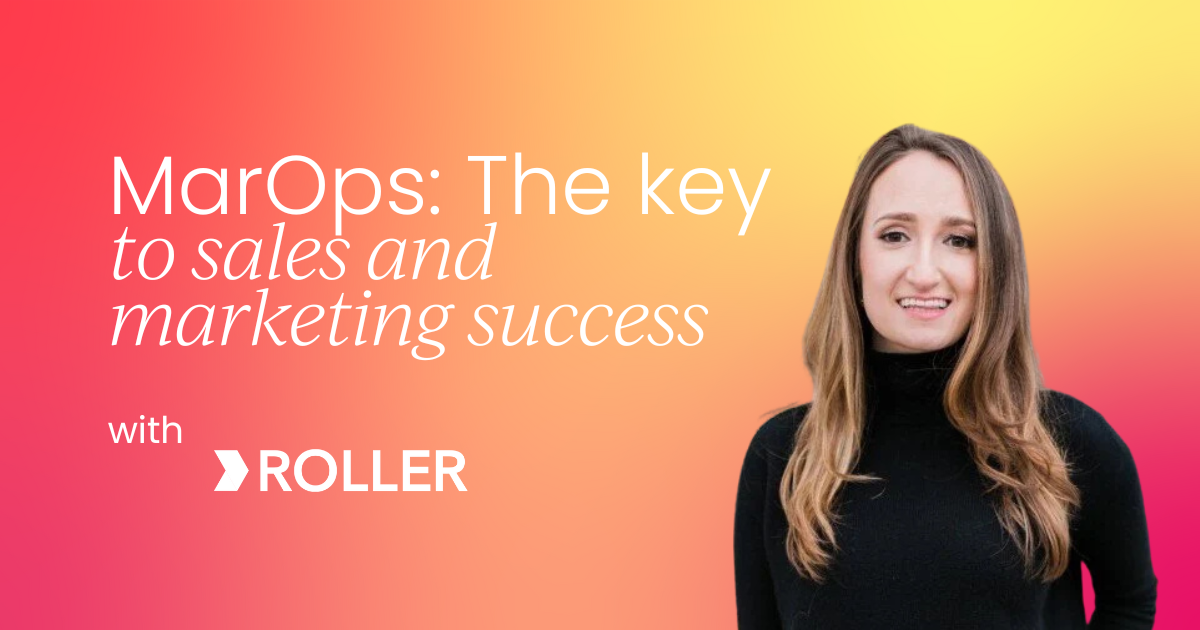
Step four: Making the strategy real for everyone
A beautifully crafted plan that lives only in a shared drive is useless. Cascading the strategy (making sure it’s understood at every level) is just as important as writing it in the first place.
I produce two key versions of the strategy. The first is a narrative “story” document that explains the context, why we made certain decisions, what risks we considered, and how we arrived at the final themes.
This isn’t just for senior leaders. It’s for everyone in the organisation, from junior staff to middle managers, so they can see the thinking behind the plan. The second is a “framework” deck: a concise, visual representation of the plan, showing themes, goals, and KPIs in a format that’s easy to reference.
Once these are ready, I focus on socialising them. That means presenting the plan to teams, having leaders talk about it in their own meetings, recording sessions so people can revisit them, and generally making the plan visible and present in day-to-day conversations.
The aim is to make the strategy part of the organisational language, not just something people hear about once and forget.
Step five: Execution, monitoring, and adaptation
Execution is where all the planning pays off or doesn’t. I run quarterly reviews that look at OKR dashboards to track objectives and key results, KPI dashboards for broader context metrics, and initiative dashboards to monitor the status of every project.
Even if the initiative tracker is just a spreadsheet, keeping it current makes a big difference. For high-risk or strategically critical initiatives, I try to assign a dedicated project manager. Having someone whose sole focus is keeping that work on track can dramatically improve outcomes.
Adaptation is part of the game. No matter how solid your plan is in January, something will change by June. Markets shift, competitors move, priorities evolve. When that happens, the ability to adjust quickly is what keeps you on course.
I like to define scenarios for each KPI in advance (positive, negative, and very negative) along with a clear understanding of which KPIs influence others. That way, when a metric moves unexpectedly, we know where to look and have a plan for what to do next.
Frameworks and tools that actually work
Over the years, I’ve used a lot of strategic frameworks, but a few have proved consistently useful. SWOT and gap analysis are great for surfacing insights during brainstorming.
For prioritising initiatives, I prefer scoring matrices. Sometimes I use established models like RICE, but more often, I customize the dimensions to fit the context of the business.
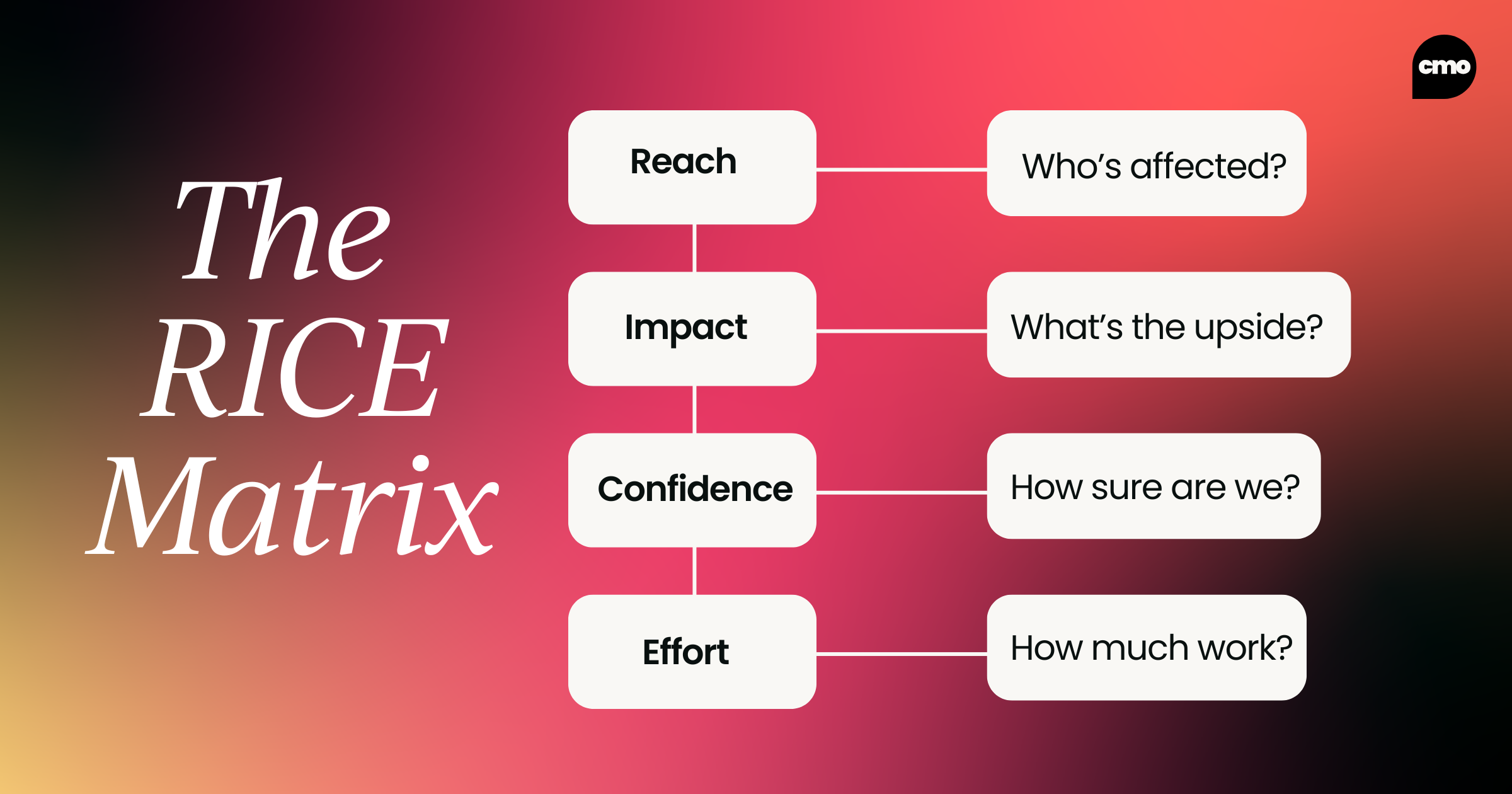
The important thing is that the dimensions are agreed on in advance, so everyone’s working from the same criteria.
When it comes to tools, I almost always start with spreadsheets. They’re flexible, easy to share, and good for early-stage planning. But as complexity increases, they can become a tangle of tabs and formulas.
That’s when I move to project and initiative management platforms. Monday.com and Asana are my usual recommendations because they balance capability with ease of use. I personally love ClickUp, but I’ve seen teams struggle with the learning curve.
For connecting strategy to execution, Cascade is excellent, though it’s often a lower priority in the tool budget. For dashboards, I prefer Looker because I like being able to drill down into the data, but Tableau is also strong.
Principles that keep the process on track
Through all my planning cycles, a few principles have become non-negotiable. The first is simplicity. It’s easy to get lost in complexity, but clarity always wins. The second is standardisation.
Agreeing early on what you mean by “theme,” “initiative,” “KPI,” or “OKR” avoids endless confusion later. The third is involving the right teams early. In particular, marketing and product functions often have a strong influence on each other, so alignment between them is critical.
And finally, flexibility is key. Plans should guide you, not trap you.
Where AI fits in
AI is beginning to make a difference in strategic planning, though not necessarily in the way people expect. Right now, its biggest impact comes through the tools we already use.
Platforms like Asana, Monday, and ClickUp are adding AI-powered features that take some of the pain out of routine tasks. For example, turning a few words into a fully formatted initiative update, or automatically flagging underperforming KPIs.
These kinds of features make it easier to keep plans updated and consistent without relying on people to remember every detail.
Looking ahead, I think the real gains will come from AI agents that can monitor metrics daily, highlight only what needs attention, and even suggest adjustments.
The more these tools learn from your organisation’s data, the more they can take on the time-consuming checks and leave teams free to focus on higher-value work like problem-solving and creative thinking.

Bringing it all together
Mastering the art of planning and implementation in marketing operations isn’t about finding the perfect framework or the latest tool. It’s about building a process that’s clear, aligned, and adaptable.
It means setting a strong foundation with your vision and values, turning ideas into a manageable number of strategic themes, breaking those down into measurable goals and initiatives, and making sure the plan is understood at every level.
It means tracking progress rigorously, adapting when things change, and using the tools and frameworks that make sense for your context.
When you do that, annual planning stops feeling like a chore and starts feeling like the launchpad for everything you want to achieve in the year ahead.
Want more content like this? Our MarOps summit is packed full of proven strategies you can apply in your role, networking opportunities, and so much more, so sign up today.
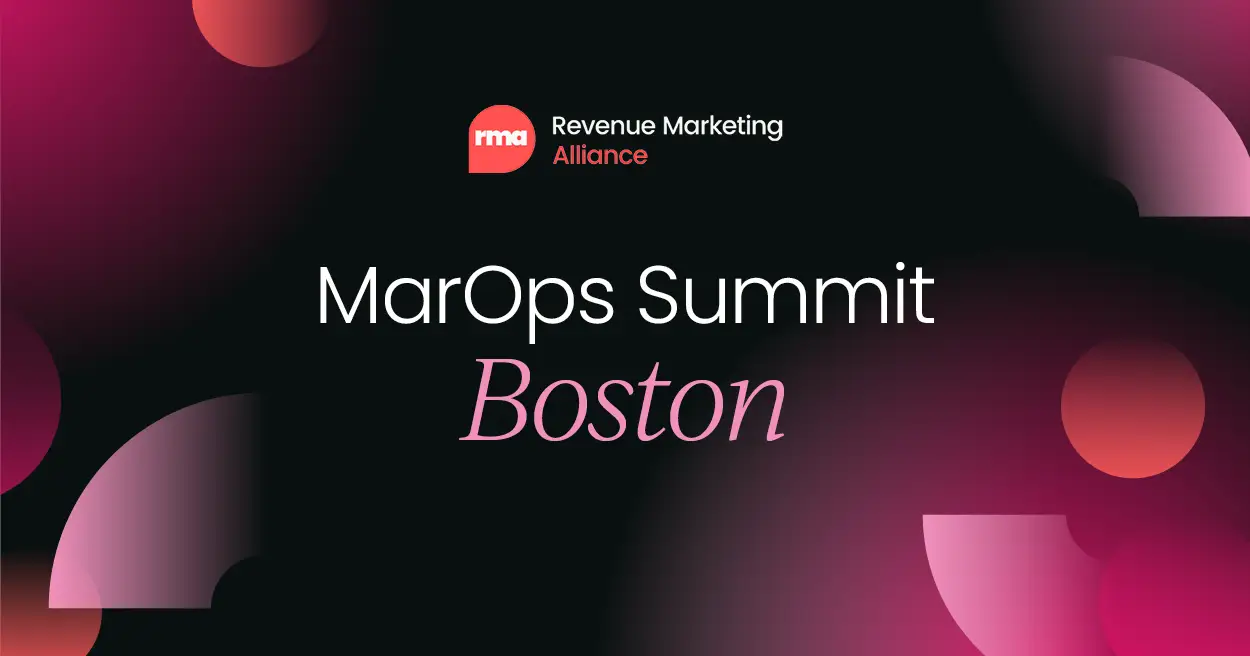






.png)



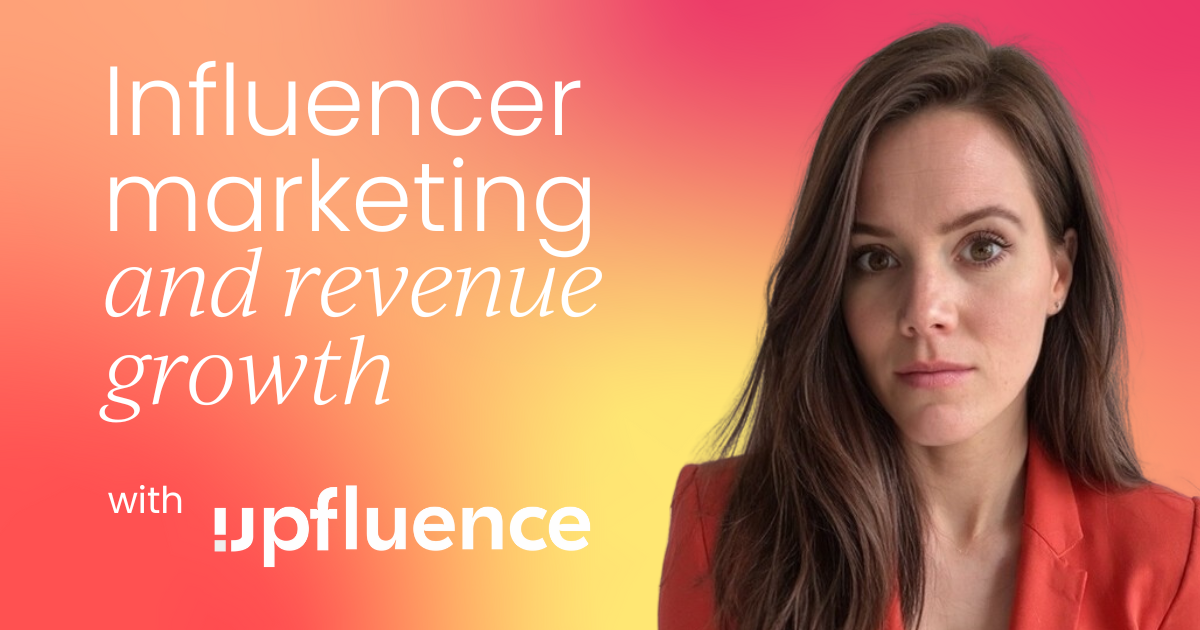
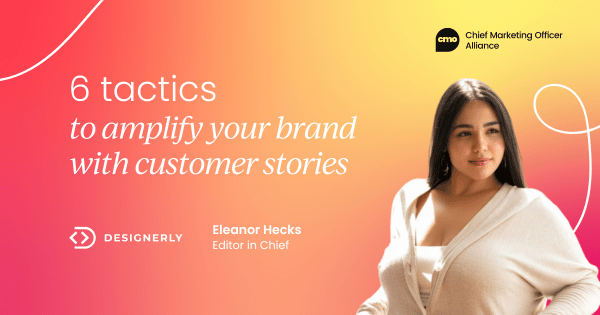




 Follow us on LinkedIn
Follow us on LinkedIn





